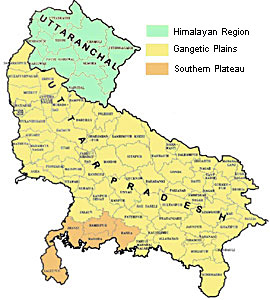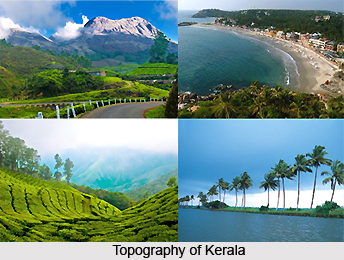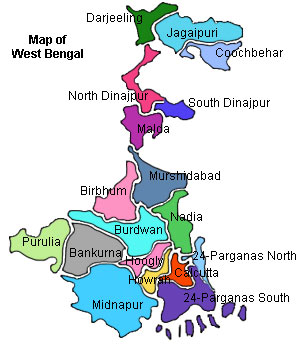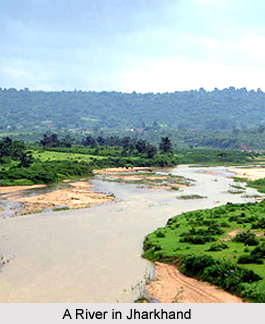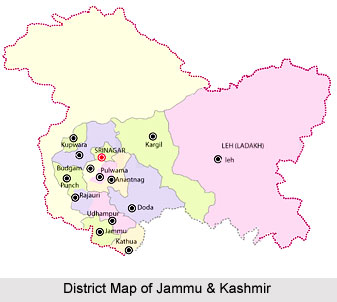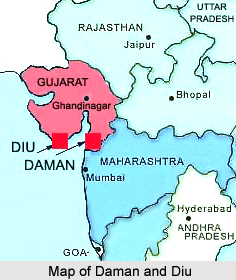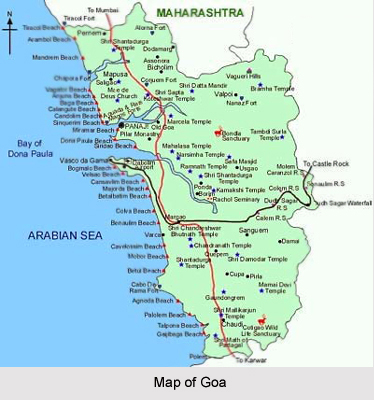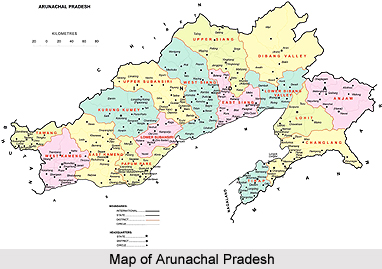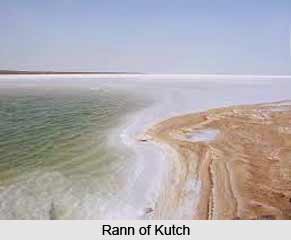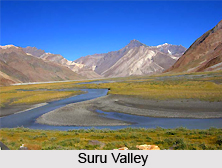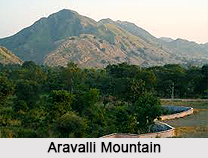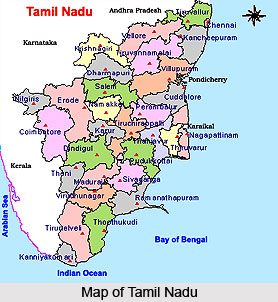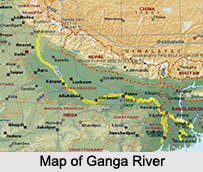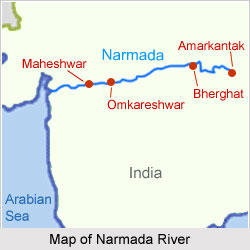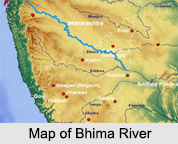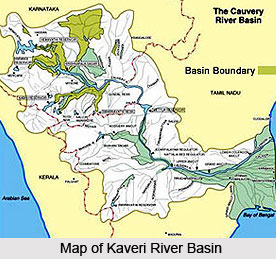High grade bauxite is found in abundance in India. Bauxite is widely distributed as surface deposits in those areas where laterite soil is found. This mineral is the ore of aluminium metal that is used largely in the manufacture of special alloys, aluminium powder, utensils and electric cables. Aluminium alloys are used in the manufacture of automobile engines because of its light and tough. Bauxite is used in manufacture of cement and chemicals.
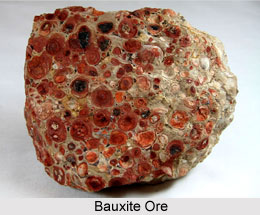 Bauxite is mined at several places in the country. The major deposits of bauxite are situated in Ranchi, Jamnagar, Jabalpur, Kohlapur and Shevaroy Hills. Apart from these areas, the other places where its chief deposits are found include Poonch and Riasi in Jammu and Kashmir, Balaghat in Madhya Pradesh and more. Moreover, in Kutch district in Gujarat too large deposits of Bauxite are found. Of late, deposits in Orissa have been developed and the biggest plant of its kind in Asia has been constructed to produce alumina and aluminium. It utilizes the latest French technology, which economizes on the use of electricity. Bauxite ore is exported to Japan and European countries. In Orissa, there are two very big high grade deposits of Bauxite. The first one at Panchpatmali is regarded as the largest in the country and the second one is at Gandhamardan bauxite deposit. Interestingly, production of bauxite is registered particularly in those regions that supply alumina plants with this ore.
Bauxite is mined at several places in the country. The major deposits of bauxite are situated in Ranchi, Jamnagar, Jabalpur, Kohlapur and Shevaroy Hills. Apart from these areas, the other places where its chief deposits are found include Poonch and Riasi in Jammu and Kashmir, Balaghat in Madhya Pradesh and more. Moreover, in Kutch district in Gujarat too large deposits of Bauxite are found. Of late, deposits in Orissa have been developed and the biggest plant of its kind in Asia has been constructed to produce alumina and aluminium. It utilizes the latest French technology, which economizes on the use of electricity. Bauxite ore is exported to Japan and European countries. In Orissa, there are two very big high grade deposits of Bauxite. The first one at Panchpatmali is regarded as the largest in the country and the second one is at Gandhamardan bauxite deposit. Interestingly, production of bauxite is registered particularly in those regions that supply alumina plants with this ore.
Bauxite ore has benefited in importance because aluminium-a very light but exceedingly functional metal, is made from it. It is a must for aircraft engineering. It is now also being increasingly used in day-to-day life. But the manufacture of alumina and aluminium depends fundamentally on the handiness of cheap and ample generation of electricity. Bauxite deposits in India are extensively distributed. Orissa, Andhra Pradesh, Madhya Pradesh, Gujarat, Maharashtra and Bihar are the foremost states where bauxite reserves are predominately located. The total reserves are approximated to be more than 2462 million tonnes. Major reserves are centralized in East Coast Bauxite deposits of Orissa and northern Andhra Pradesh.
Aluminium is obtained from bauxite in two stages. In the first stage bauxite is refined and transformed into alumina by a chemical process and in the second stage aluminium metal is obtained by the electrolysis of alumina. Of the total bauxite produced in the country, the major portion is used for making aluminium metal. A small quantity of it is exported to other countries.
